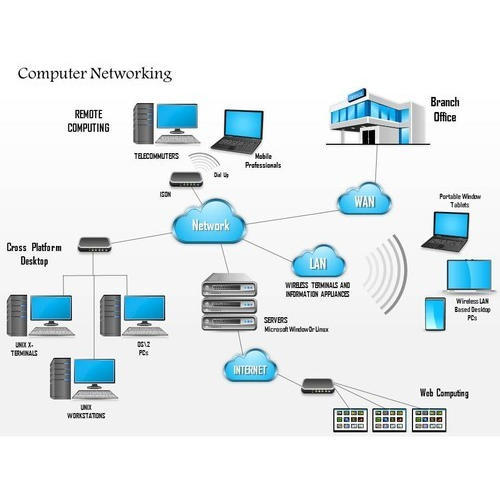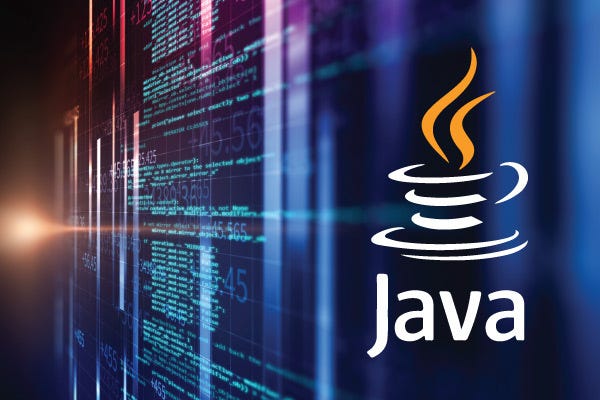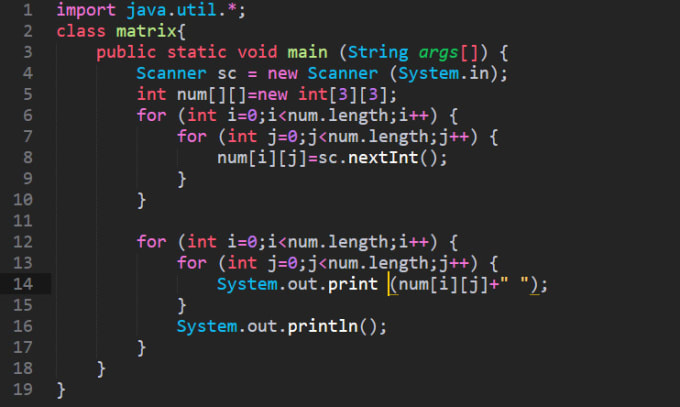This is a practical project to be carried out by the student over one semester. Students are given the opportunity to demonstrate their skills and/or knowledge in one of the following areas of computer studies: Information Systems, Systems Analysis and Design, Application Development, or Website Development. A student can choose to write a research paper or produce a software application or website on their chosen topic. (Prerequisite: CSC 213)

- E-Learning Quality Assurance Team: Lucille Skelton
- Lecturer: Sherrine Augustine
- Lecturer: Dana Lewis-Ambrose
This course introduces students to desktop publishing using PC based desktop publishing applications. By the end of the course students will have prepared camera-ready artwork for business cards, letterheads and a four-page newsletter using the software package. The course also introduces techniques for design, layout and printing. (Prerequisite: CSC121)

- Lecturer: Kadisha Willock
This course builds on the content of the Introduction to Web Page Design course CSC106 by adding web page design industry
tools and techniques to the knowledge base and skill set of students. A comprehensive project involving designing an industry
standard website will be required. Students must achieve a minimum grade of C. (Prerequisites: CSC103 and CSC106)

- Lecturer: Fidel Captain
This course provides an in-depth overview of technology, the business environment, electronic commerce and issues associated
with e-business. The knowledge gained in this course will facilitate more comprehensive and contemporary exploration of how Ebusiness is done today. Students will learn database management, web site management skills, and discuss other challenges
and opportunities that are associated with electronic business. (Prerequisite: CSC104)

- E-Learning Quality Assurance Team: Corrinne Hearne
- Lecturer: Sherrine Augustine
- Lecturer: Dana Lewis-Ambrose
The objective of the course is to introduce students to the principles of networking by examining different types of network, network operating systems and network administration. Topics will include communications hardware, communications media network topologies and network protocols. (Prerequisite: CSC 104 or CSC 121)

- Lecturer: Colin Cousins
This course introduces students to the tools, techniques, and languages for designing and implementing webpages and websites. Students will be presented with the methods and techniques that lead them step by step from the conception of a web design project through the design of the website and finally its implementation. This course will introduce students to the hypertext mark-up language (HTML), Cascading Style Sheets (CSS), and other web design tools and techniques. (Prerequisite: CSC 104).

- E-Learning Quality Assurance Team: Sergio Estridge
- Lecturer: Fidel Captain
This course familiarises students with the most popular applications software used in business. The two most often used software packages-word processors and spreadsheets will be covered in detail. The course also teaches students how to use the internet and the operating system.

- Lecturer: Wendy Kelsick
This course familiarises students with the most popular applications software used in business. The two most often used software packages-word processors and spreadsheets will be covered in detail. The course also teaches students how to use the internet and the operating system.

- Lecturer: Sherrine Augustine
This course familiarises students with the most popular applications software used in business. The two most often used software packages-word processors and spreadsheets will be covered in detail. The course also teaches students how to use the internet and the operating system.

- Lecturer: Wendy Kelsick
This course familiarises students with the most popular applications software used in business. The two most often used software packages-word processors and spreadsheets will be covered in detail. The course also teaches students how to use the internet and the operating system.

- Lecturer: Pearlene Fahie
This course familiarises students with the most popular applications software used in business. The two most often used software packages-word processors and spreadsheets will be covered in detail. The course also teaches students how to use the internet and the operating system.

- Lecturer: Glenn Noel
This course introduces students to object oriented programming concepts, and the benefits associated with object-oriented
programming. Students are introduced to the object-oriented programming language Java. They are taught the syntax and
semantics of the Java programming language and how to construct solutions to common programming problems using Java.
Students will also have the opportunity to apply their knowledge of Java by writing a programme that solves a problem of their
choosing as part of their semester project. Students are also taught how to use CRC and UML to document their applications’
design. (Prerequisites: CSC103 and MAT110 or equivalent)

- E-Learning Quality Assurance Team: Shanique Bartley-Alexander
- Lecturer: Fidel Captain
This course is a continuation of the CSC113, Programming Language I course, where students are introduced to the Java
programming language. CSC203, Programming Language II builds on that foundation and teaches the advanced concepts of the
Java programming language in addition to teaching students how to use the GUI to create simple but professional looking Java
applications. (Prerequisite: CSC113)

- Lecturer: Fidel Captain
This course allows students the opportunity to understand and use the methods and logic involved in solving programming problems. Areas to be studied include the programme development life cycle, problem elements, input/output requirements, mathematic and logic procedures and design methodologies. Students will be taught how to specify algorithms using tools like pseudo code and structure charts. (Prerequisite: Acceptance to any of the College's programmes and MAT 108 or 110)

- Lecturer: Sherrine Augustine
The objective of this course is to introduce students to the system development life cycle by examining the tools and techniques used to carry out systems analysis. Students will cover topics such as system analysis, design, development and implementation. The course also introduces students to system development tools like data flow diagrams, entity relationship diagrams and pseudo code. (Prerequisite: CSC 103 and ENG 104, ENG 115)

- Lecturer: Sherrine Augustine
- Lecturer: Dana Lewis-Ambrose